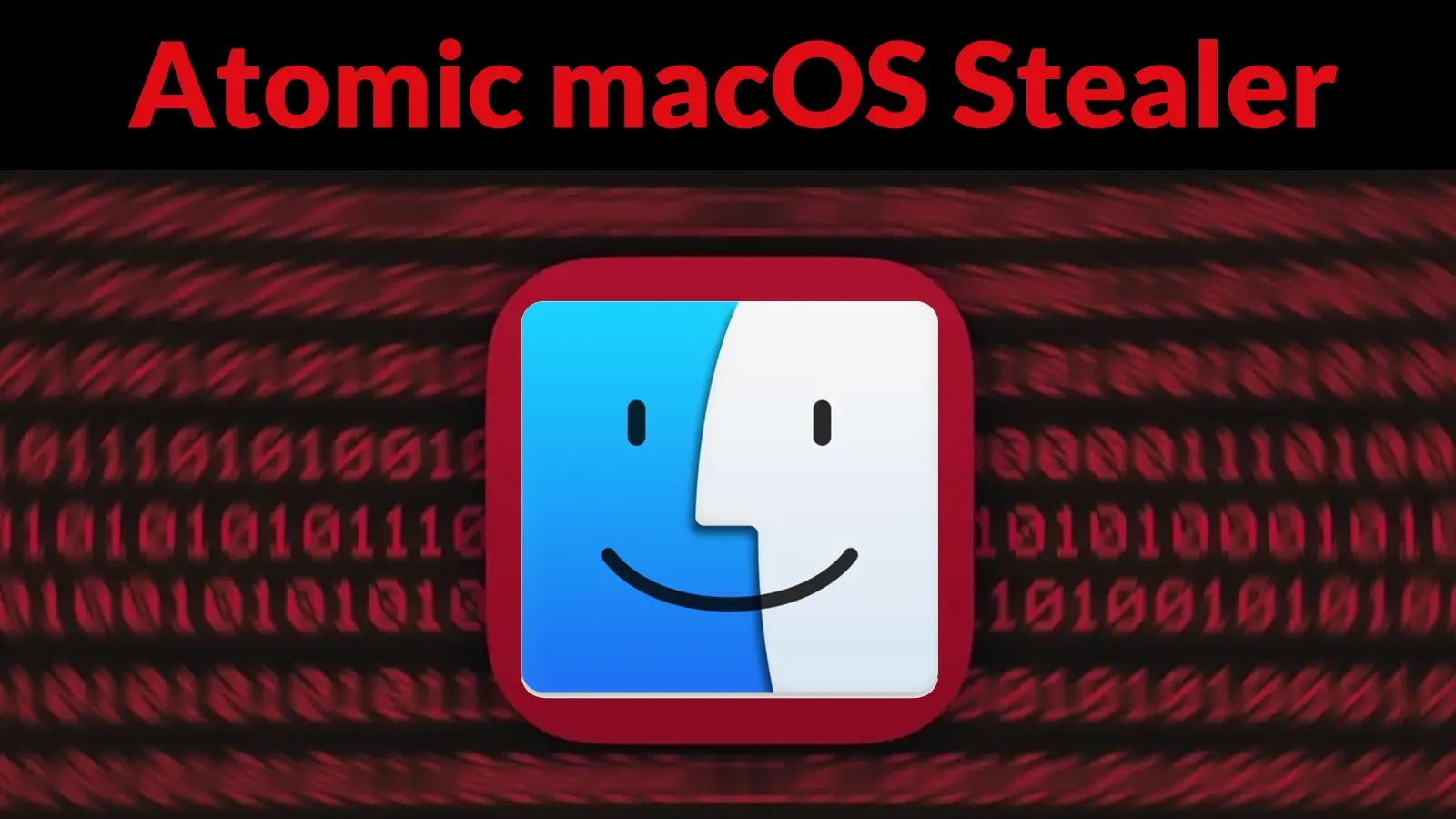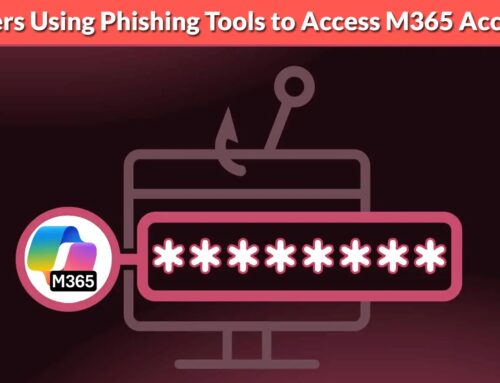
Atomic macOS Stealer Comes With New Backdoor to Enable Remote Access
The Evolving Threat Landscape: Atomic macOS Stealer’s New Backdoor Capabilities
In the relentlessly shifting cybersecurity landscape, threats are constantly evolving, adapting, and becoming more sophisticated. A prime example of this alarming trend is the Atomic macOS Stealer (AMOS), which has recently transformed from a straightforward information stealer into a persistent, multi-functional threat. This evolution, observed with the integration of a new backdoor component, drastically escalates AMOS’s danger to macOS users and organizations. Understanding this enhanced capability is crucial for bolstering your defenses against unauthorized access and potential data breaches.
From Data Theft to Persistent Remote Access: The AMOS Evolution
Originally, AMOS gained notoriety as an information stealer, designed to exfiltrate sensitive data from compromised macOS systems. Its primary function was to collect credentials, cryptocurrency wallet information, browser data, and other valuable personal and organizational data. However, recent developments indicate a significant upgrade in its functionality. The new variant now incorporates a backdoor, fundamentally altering its modus operandi.
This backdoor capability signifies a pivotal shift. Instead of a one-time data grab, AMOS can now establish and maintain persistent access to a compromised macOS system. This long-term access allows attackers to:
- Execute remote commands on the infected machine.
- Deploy additional, more potent payloads.
- Maintain a foothold for future malicious activities, effectively turning the initial compromise into a lasting beachhead within a network.
This evolution elevates AMOS from a simple data exfiltrator to a sophisticated advanced persistent threat (APT) tool, capable of orchestrating complex attack campaigns and enabling further lateral movement within compromised environments.
Understanding the Backdoor Mechanism and Its Implications
The integrated backdoor enables AMOS to bypass traditional security measures and establish a reliable communication channel with the attacker’s command-and-control (C2) infrastructure. This persistent connection means that even if the initial data stealing attempt fails or is detected, the attacker retains control over the machine. The implications are severe:
- Extended Compromise: Attacks are no longer fleeting. The backdoor ensures a continued presence, allowing for protracted espionage or sabotage.
- Payload Delivery: Attackers can dynamically deploy new malware, ransomware, or surveillance tools, adapting their tactics based on the target environment.
- Remote Control: The ability to execute arbitrary commands remotely grants attackers unprecedented control, enabling data manipulation, system alteration, or further network exploitation.
- Increased Complexity for Defenders: Detecting and eradicating such persistent threats becomes significantly more challenging, requiring deep forensic analysis and proactive threat hunting.
While specific CVE numbers for this backdoor functionality have not yet been publicly assigned globally for AMOS, the threat it poses is analogous to vulnerabilities that allow for unauthorized remote code execution and privilege escalation, which are frequently cataloged, for example, under categories like CVE-2023-XXXXX (placeholder for example CVEs related to RCE or privilege escalation, as specific AMOS CVEs are often tied to specific vulnerabilities abused, not the malware itself).
Remediation Actions and Proactive Defense Strategies
Given the significant threat posed by the evolving AMOS, a multi-layered approach to cybersecurity is essential for macOS users and organizations. Comprehensive defensive strategies should include:
For End-Users:
- Software Updates: Regularly update your macOS to the latest version. Apple frequently releases security patches that address vulnerabilities exploited by malware.
- Antivirus/Endpoint Detection and Response (EDR): Utilize reputable antivirus software or EDR solutions specifically designed for macOS. Ensure they are always updated and performing real-time scans.
- Beware of Phishing: Be extremely cautious of unsolicited emails, messages, or pop-ups asking for personal information or urging you to click suspicious links. AMOS is often distributed via phishing campaigns.
- Download from Trusted Sources: Only download applications from the official App Store or directly from verified developer websites. Avoid downloading pirated software or applications from unverified sources.
- Two-Factor Authentication (2FA): Enable 2FA on all online accounts, especially for critical services like email, banking, and social media. Even if credentials are stolen, 2FA provides an additional layer of security.
- Regular Backups: Maintain regular, encrypted backups of your important data. This can help in data recovery if your system is compromised.
For Organizations:
- Security Awareness Training: Conduct regular training for employees on identifying phishing attempts, safe browsing habits, and the importance of reporting suspicious activity.
- Network Segmentation: Implement network segmentation to limit lateral movement if a system is compromised.
- Strong Access Controls: Enforce the principle of least privilege, ensuring users only have access to resources necessary for their roles.
- Patch Management: Establish a robust patch management program to ensure all operating systems and applications are updated promptly.
- Malware Analysis and Threat Intelligence: Leverage threat intelligence feeds to stay informed about new malware variants and their indicators of compromise (IoCs).
- Endpoint Detection and Response (EDR) Systems: Deploy advanced EDR solutions that can detect and respond to suspicious activities, even those attempting to establish persistent backdoors.
- Security Information and Event Management (SIEM): Use SIEM systems to aggregate and analyze security logs, enabling proactive threat hunting and rapid incident response.
Relevant Tools for Detection and Mitigation
Effective defense against threats like AMOS requires a combination of robust security tools. Here are some examples:
| Tool Name | Purpose | Link |
|---|---|---|
| Apple XProtect | Built-in macOS anti-malware (signature-based) | Apple Support |
| Objective-See Tools (e.g., BlockBlock, LuLu) | Various macOS security tools for process monitoring, firewall, etc. | Objective-See |
| CrowdStrike Falcon Insight | Advanced EDR and threat intelligence | CrowdStrike |
| SentinelOne Singularity Platform | AI-powered EDR and XDR for endpoint protection | SentinelOne |
| Malwarebytes for Mac | Consumer and business anti-malware and remediation | Malwarebytes |
Conclusion: Staying Ahead in the Cybersecurity Arms Race
The evolution of the Atomic macOS Stealer into a tool with persistent backdoor capabilities underscores the dynamic nature of cyber threats. What begins as a simple information stealer can quickly mature into a sophisticated APT component, capable of enabling long-term compromise and multifaceted attacks. For IT professionals, security analysts, and developers working within macOS environments, continuous vigilance, proactive security measures, and a commitment to staying informed about the latest threat intelligence are not merely best practices—they are necessities. By understanding the enhanced capabilities of AMOS and implementing robust defensive strategies, we can collectively strengthen our posture against this evolving and dangerous malware.





